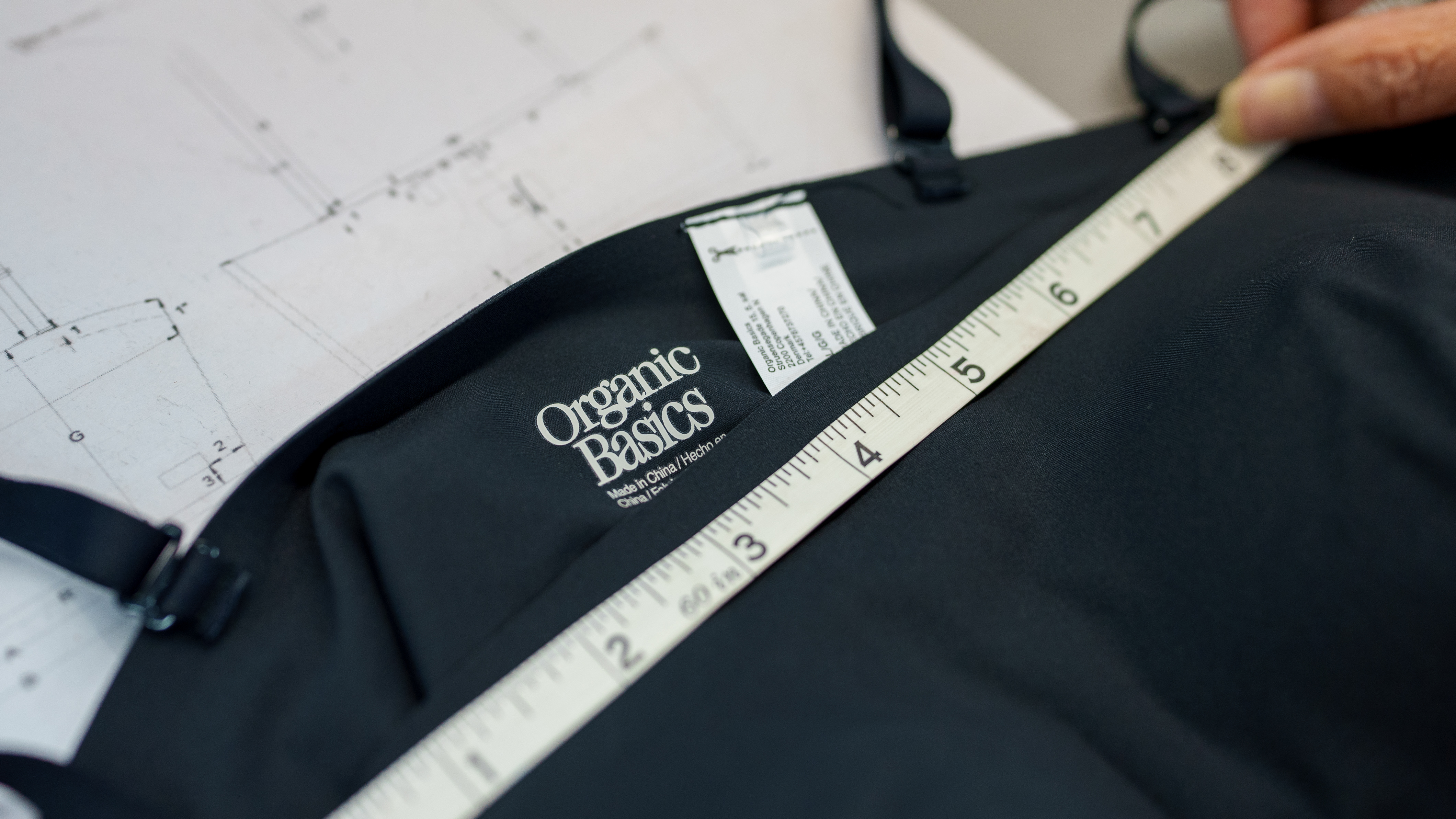In an era where consumers and businesses demand transparency, industrial videography has emerged as a critical tool for manufacturers worldwide. From automotive giants to precision electronics makers, companies are increasingly turning their cameras toward factory floors and production lines. Here’s why showcasing manufacturing processes isn’t just a trend—it’s a strategic necessity:
1. Trust Through Transparency Modern buyers prioritize ethical sourcing and sustainable practices. A 2025 industry survey revealed that 68% of B2B clients are more likely to partner with manufacturers who openly share their production workflows. Videography demystifies complex processes—whether it’s robotic assembly lines or handcrafted components—to prove quality standards and operational integrity.
Example: A Vietnamese textile factory increased international orders by 40% after releasing a documentary-style video showing their zero-waste dyeing process.
2. Humanizing Industrial Innovation Behind every product are engineers, technicians, and artisans whose expertise often goes unseen. Videos spotlighting skilled workers operating CNC machines or conducting quality checks add a human dimension to industrial operations, fostering emotional connections with clients who value craftsmanship.
Tip: Use close-up shots of hands-on work and worker interviews to emphasize your team’s dedication.
3. Demonstrating Scale and Technical Mastery Aerial drone footage of sprawling facilities or time-lapse sequences of product assembly visually communicate manufacturing capacity. For industries like construction equipment or renewable energy, showing raw materials transforming into finished machinery helps clients grasp technical sophistication that specs alone can’t convey.
Case Study: A Chinese EV battery producer used thermal imaging videography to demonstrate their cells’ temperature stability, winning a key European automotive contract.
4. Competitive Differentiation in Global Markets With Asia accounting for 52% of global manufacturing output (2025 World Manufacturing Report), standing out requires more than brochures. Videos allow companies to:
Highlight proprietary technologies (e.g., AI-driven quality control systems)
Showcase certifications like ISO standards in action
Compare their workflows against older, less efficient methods
5. SEO and Decision-Maker Engagement LinkedIn data shows posts with industrial videos receive 3x more engagement from C-suite viewers. Search-optimized terms like “precision machining video” or “sustainable factory tour” help manufacturers capture engineers and procurement managers actively researching suppliers.
The Future Is Visual As AR and 360° filming become mainstream, manufacturers who invest in videography now position themselves as innovators. Your factory isn’t just a production site—it’s a story of precision, ethics, and human ingenuity waiting to be shown.
Shot for Organic Basics.

